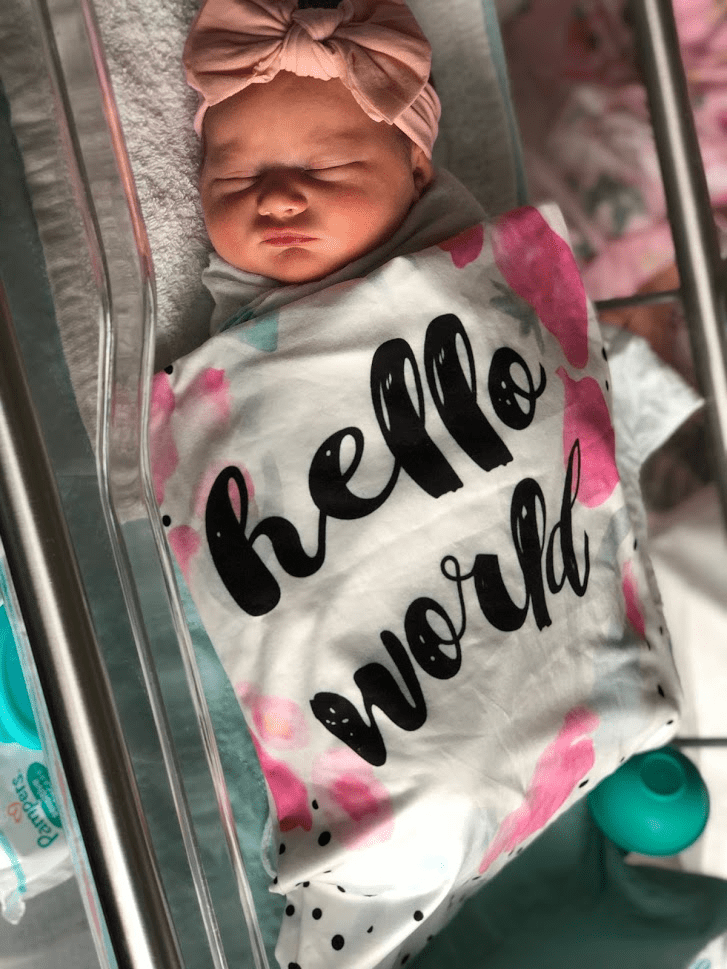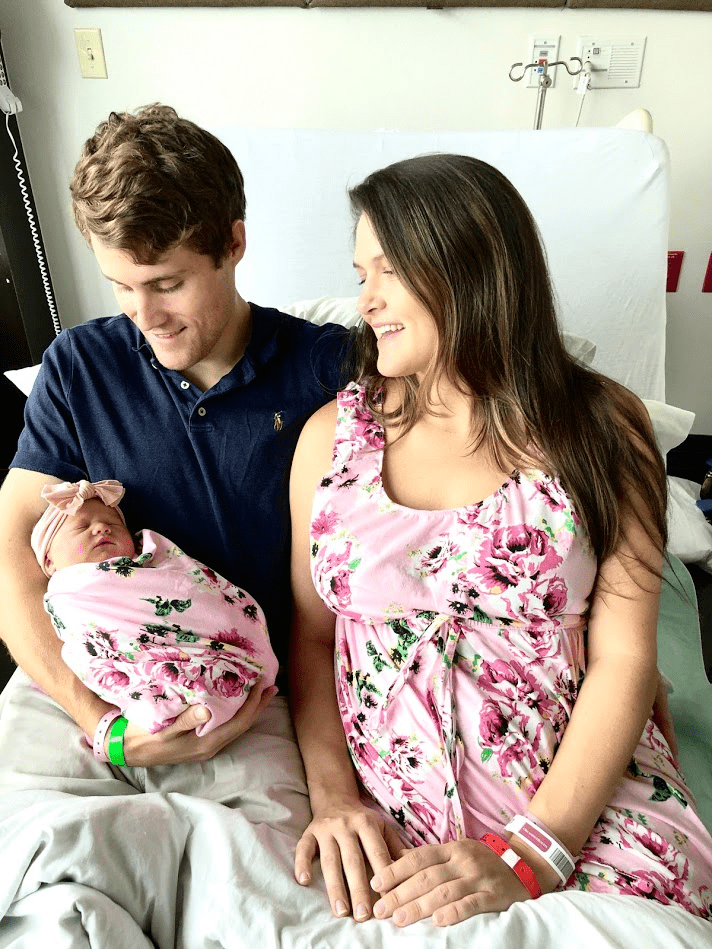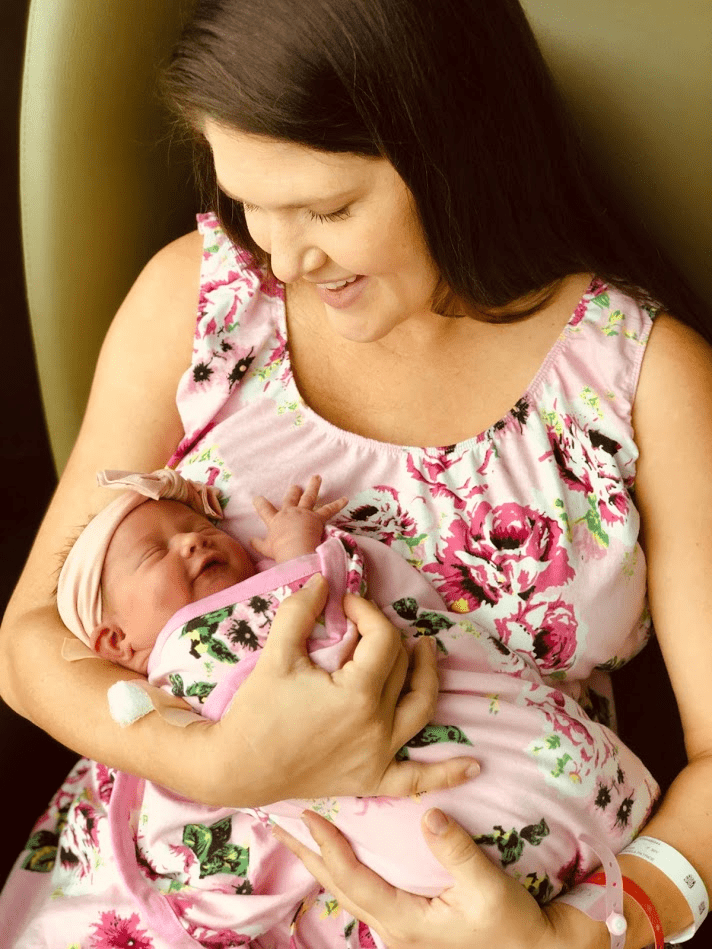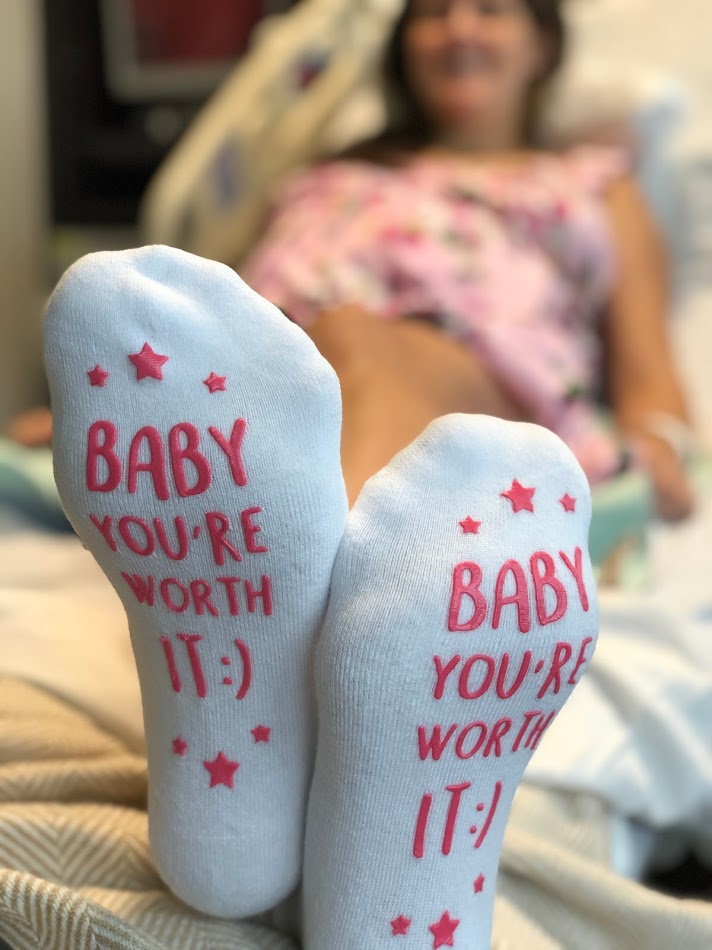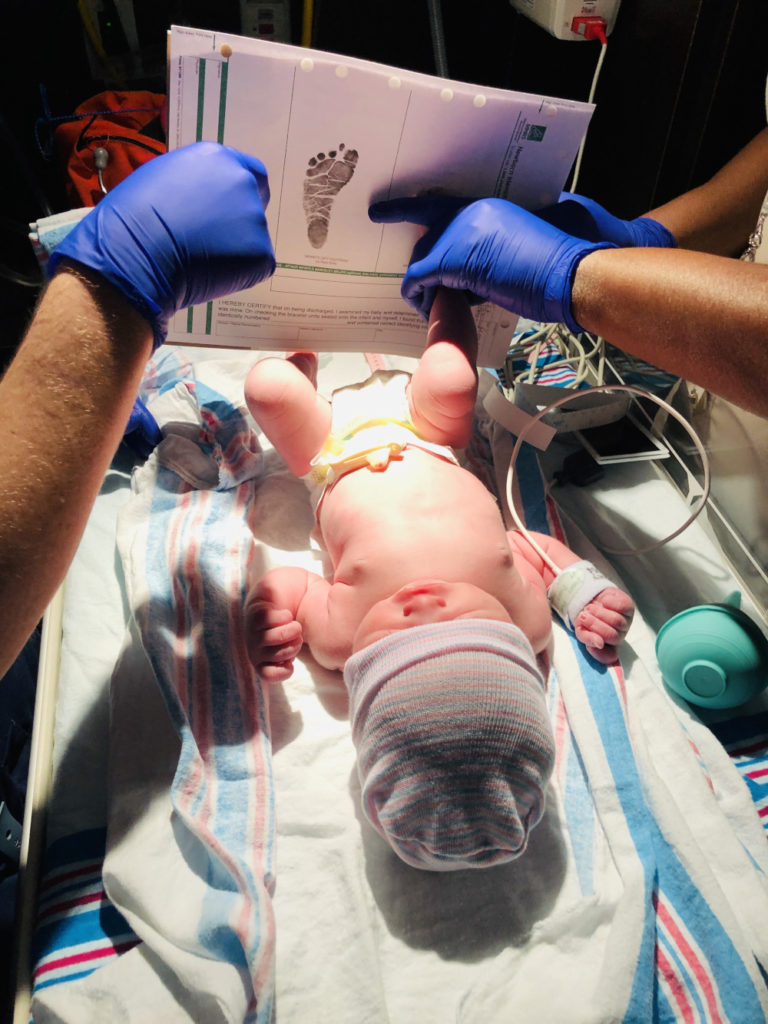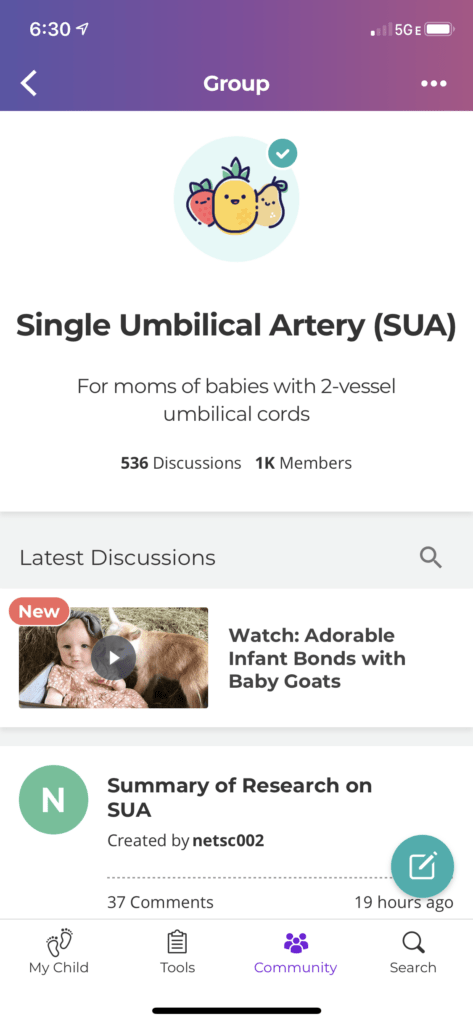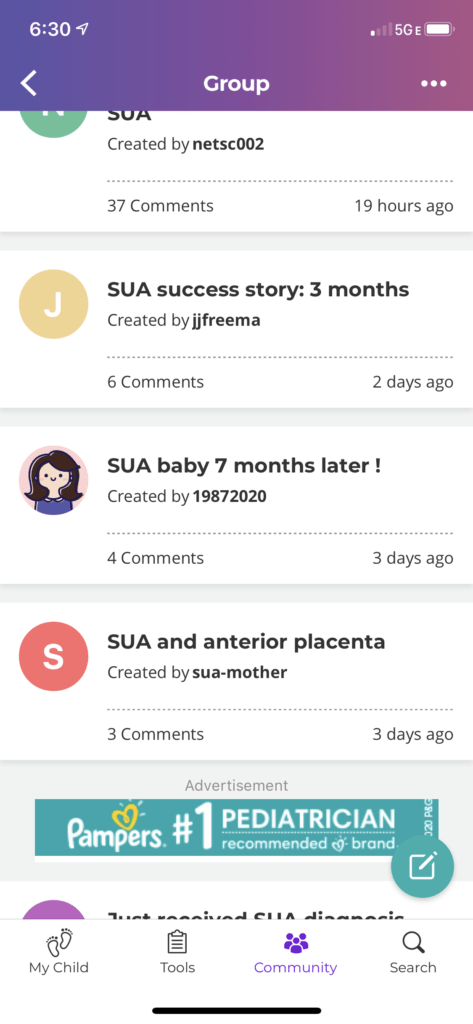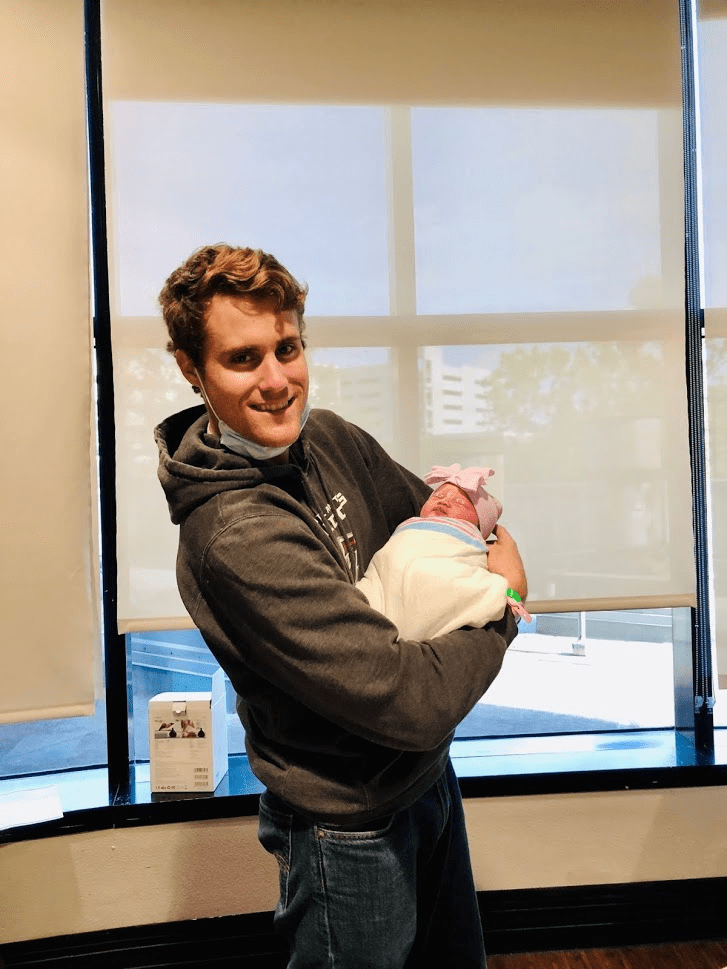Isn’t giving birth miraculous? My birth story reminds me that something I once feared now empowers me.
The most difficult undertaking my body has ever experienced has proven to me (twice) that I am strong and capable of far more than I imagined.
If you are preparing for birth, hear these words—You can do this! You are strong!
I am going to go right into the nitty gritty this time, but if you’re looking for ideas for packing your hospital bag, I wrote about that in detail when I posted about my son’s birth.
Birth During COVID-19 Global Pandemic
In March 2020, 3 months before my due date, society got flipped upside down. The outbreak and rapid spread of a Coronavirus (COVID-19) led to social distancing, mandatory masks in public, and quarantining. It was unknown how deadly the disease was, how it affected pregnant women, or how it would affect a fetus.
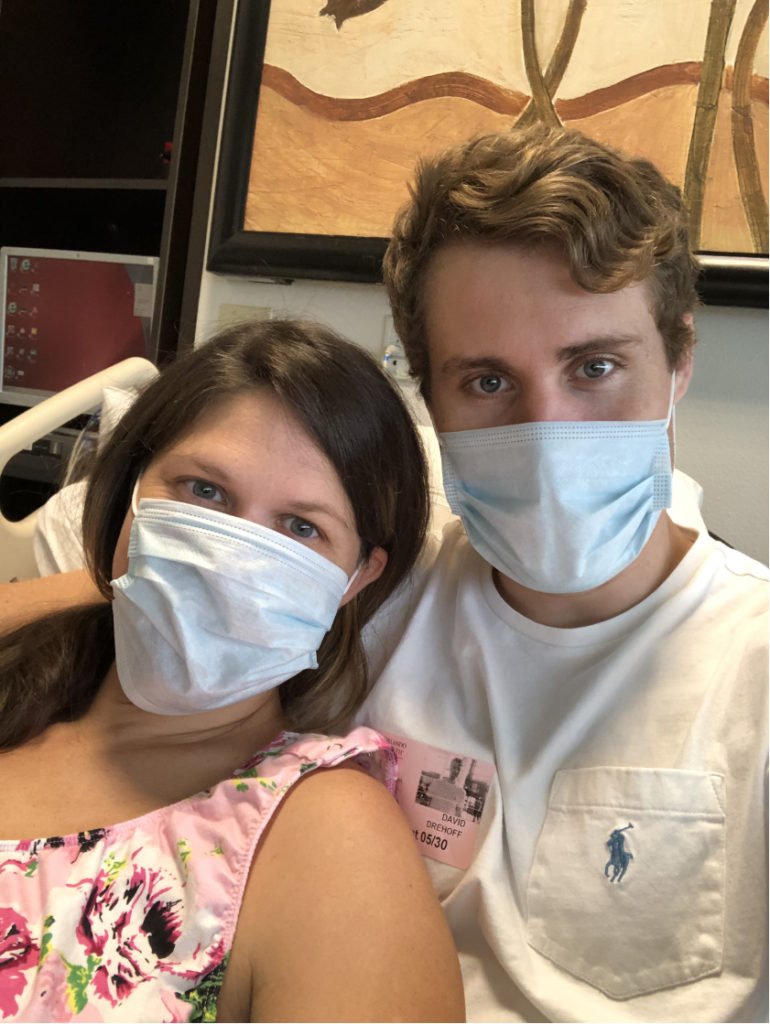
Preparing to give birth during a pandemic really added a whole new layer of anxiety to the situation. My mind was racing with questions.
Will I have to wear a mask the whole time? (yes)
Can my husband be there? (thank god, yes)
Can we have any visitors? Grandparents? Siblings? Aunts and Uncles? (no)
If I test positive, can I hold my baby? (YES!)
I was trying not to panic about all of the unknowns surrounding birth during a pandemic, because the truth of the matter is, there are endless unknowns surrounding birth even without the pandemic. Worrying about these unknowns is pointless and only adds to your current stress level. I tried to channel my nervous energy into researching my rights at the hospital.
I did a lot of research and some hospitals/doctors will try to take the baby from you if you have a positive COVID-19 test, even if you are asymptomatic. You have the right to refuse that. Almost all of the experts agree it is better for the baby to have skin-to-skin with the mother wearing a mask than to remove the baby, even if the mother tests positive for COVID-19.
Single Umbilical Artery (SUA) + A Ventricular Septal Defect (VSD)
At our 20 week appointment, we found out that Riley Grace had SUA and a VSD, a small hole in her heart. While both of these issues can be minor, they can also be indicators of much more significant problems. I was terrified.
The SUA basically just means that the umbilical cord only has one artery, instead of two. There is no treatment, or threat to the baby once they are born. However, there is a risk of early delivery and delayed growth.
Finding Support on What to Expect App
A support group I found on the What to Expect app was helpful in alleviating my anxiety about SUA. The moms in the group would all post after their healthy SUA baby was born to provide encouragement for moms, like me at this time, who were just receiving the news of their SUA.
We scheduled a cardiologist visit to look closer at Riley’s heart. Thankfully, we received good news that if the hole was even there, it was really small.
By the grace of god, Riley was never negatively affected by the SUA and the hole in her heart closed up. But, because of those issues the pregnancy was labeled “high risk” and I was given clearance to induce at 39 weeks.
I didn’t want to force my body or baby to come out too early though, so I turned down the appointment for an induction at 39 weeks.
We scheduled our induction for 40 weeks on the dot. If she was not here by then, we would head to the hospital. Or so we thought. It turned out that the appointment had never been made, so they couldn’t schedule an induction for us until a few days past 40 weeks.
When my doctor received that news she offered to have us come in during her current shift to be induced (39 weeks, 4 days). We agreed. I had been having painful Braxton Hicks for weeks and my insomnia was keeping me from getting any sleep. I was ready to have this baby.
Winnie Palmer “On Call” List
Because the hospital was so busy, there were not any beds available right away so we were put on the on call list. It was another waiting game. They could call us anytime of the day/night with an open bed and we would need to get there as soon as possible.
We waited for about 48 hours before finally receiving the call around 8 a.m. on Saturday morning.
Induction
Once we arrived at the hospital, the check-in process was very quick and we were quickly moved into a room to begin the induction.
It began with using a cervical ripening agent, Misoprostol, to help the cervix dilate. The cervical ripening procedure was long, but overall, painless. The medication was placed next to my cervix for about 6 hours.
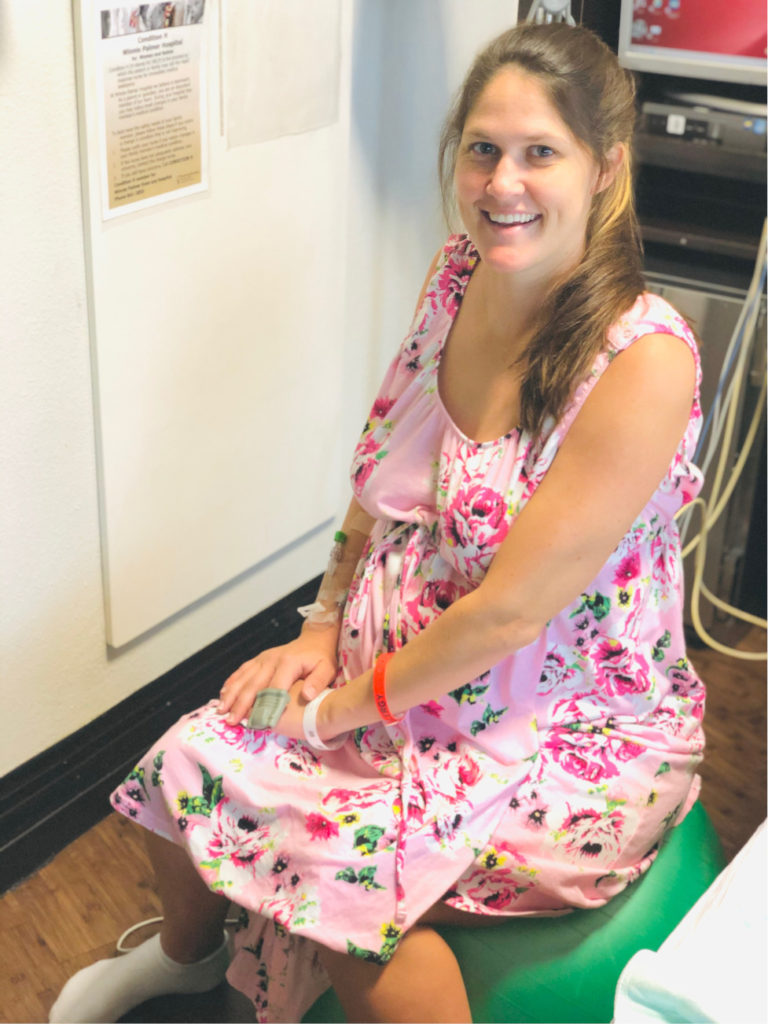
Towards the end, I began having stronger contractions which became painful. I had progressed to 3cm dilated and they moved us into a birthing room.
Appealing to the Senses
To help set a calm, welcoming space for Riley’s birth, I diffused lavender and played music by Jack Johnson.
The music was a repeat from my first labor with my son, and I would highly recommend it. It was so soothing and my son always seems to relax to his music as a toddler now.
The big winner was the oil diffusion though. Even with the mask on, the smell was extremely calming and pleasant. Multiple staff members commented on how much they liked it. 10/10 would recommend it.
Epidural
During labor with my son, the placement of the epidural was the worst part for me. It made my blood pressure drop really low and I nearly fainted. This time, it was much better. My husband held my hand and showed me funny pictures in his phone of our son to distract my mind while it was happening.
Unfortunately, after it was inserted, I was feeling a pain in my back. The anesthesiologist said that could mean it was too close to a nerve so she would recommend we re-apply it. Yep, I had to get that sucker put in TWICE! No worries though, we had an endless amount of Luke content on our phones to get me through it.
The epidural I got during my first birth with my son was out of a textbook.
I felt none of the pain, could still push, and never loss complete feeling in my legs.
This time was different.
I could still feel the pain of the contractions (granted it was FAR less than I imagine it would have been without the epidural) but I could not feel my legs at all. Apparently, this is completely normal (and nothing to be medically concerned about) but it was very uncomfortable for me.
Blood Pressure Drop
Overall, waiting for my body to fully dilate went pretty smoothly. Riley was never in any type of distress, and the pain from my contractions was manageable.
There was only one complication.
Around 2 am, the combination of my high anxiety from having no feeling in my legs, and the position I must have been in when the nurse was turning me caused my blood pressure to drop really low for a few minutes. It was scary because all of the sudden I just felt extremely nauseous, dizzy, and unwell. My eyes were rolling to the back of my head and I was having a hard time staying awake.
Thankfully, once they repositioned me and gave me some fluids in my IV, my blood pressure returned to normal and I started to feel fine again.
The Push
A few hours later, my contractions started increasing in pain and the midwife checked my dilation. I was fully dilated and ready to push.
A new advancement in hospital equipment since my last birth was the addition of leg stirrups that allowed me to place my legs up in a comfortable position for pushing without requiring the nurses (or hubby) to hold them.
I only pushed a few times before Riley Grace entered the room.
She was beautiful and such a sweet soul from the very start.
